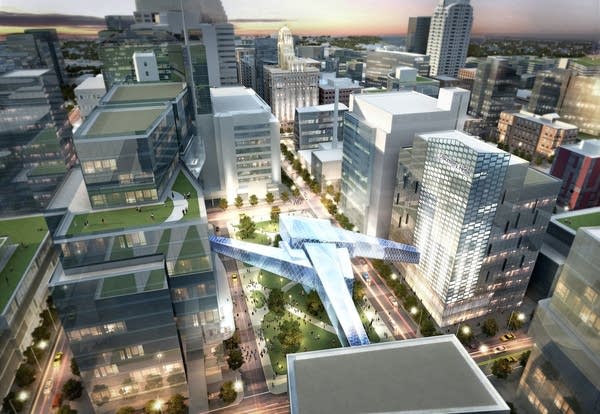Rochester expansion plan is a vision for urban and walkable development

A rendering of the proposed Discovery Square for downtown Rochester as part of the Destination Medical Center plan.
Courtesy of Perkins Eastman
Go Deeper.
Create an account or log in to save stories.
Like this?
Thanks for liking this story! We have added it to a list of your favorite stories.


